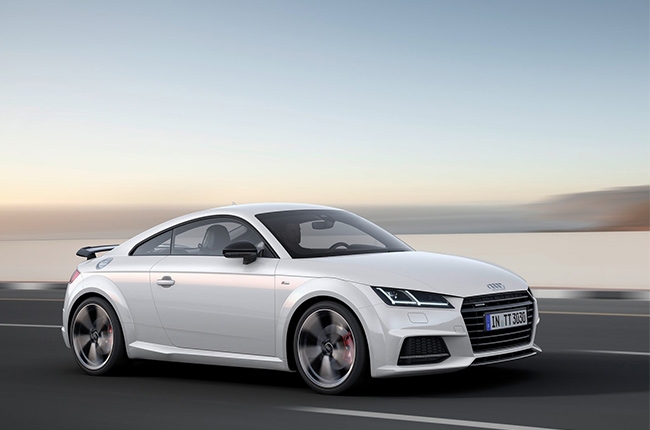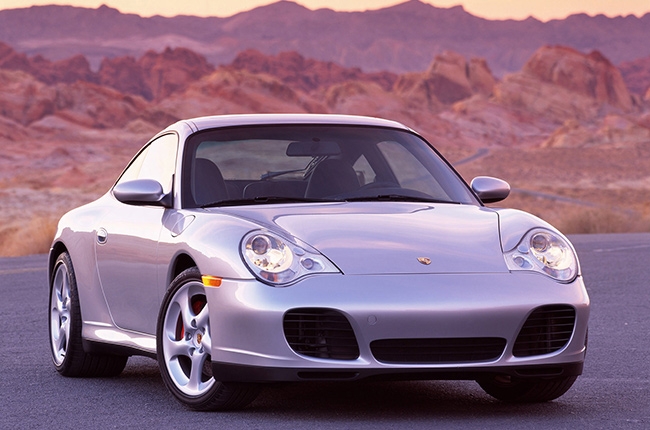
Automatic transmissions have taken over as the prime choice for most drivers around the world. Convenience, hassle free shifting, and accessibility have risen above the use of traditional three-pedal shifters. While automatic transmissions started out as simple gear changing mechanisms that were known for less than stellar fuel economy, years of development have catapulted the automatic as the transmission of choice for performance and efficiency.
Quicker gear shifts than manuals have made several manufacturers drop the stick as an option for performance vehicles, relying on the computer and a myriad of sensors to decide optimum points of upshifts and downshifts. Also, smarter computers and sensors have created automatics that prioritize less power and proper gear selection for maximum fuel savings.
On the surface, it may seem that automatic transmissions are limited to just automatic gear selection, but there are many variations that are used in almost all types of vehicles. Let’s take a look at each kind and highlight their characteristics and learn a thing or two about their applications.
Traditional Automatic Transmission

More known as a torque converter automatic, this widely-used automatic transmission can be found in almost every car. This transmission uses a hydraulic fluid coupling or a torque converter to do the job of changing gears instead of a clutch. The ECU (engine control unit) is directly connected to this mechanism to allow smooth and precise engine control of the vehicle.
Automated-Manual Transmission

You may know this a semi-automatic transmission, but it goes by other names. This type of automatic transmission uses a regular clutch and gear configuration, but makes use of sensors, actuators, processors, and pneumatics to simulate manual gear use. These types of vehicles are known for jerky engine performance at low speeds and hard acceleration, but can get high fuel mileage over long distances.
Continuously Variable Transmission (CVT)

Using belts or pulleys instead of traditional steel gears, a continuously variable transmission allows for seamless gear shifting with various ratios dependent on engine speed or RPM. This allows for maximum efficiency and continuous acceleration, which is good for fuel economy. However, engine noise can be loud.
Dual-Clutch Transmission (DCT)

A combination of an automatic and manual transmission, a dual-clutch transmission has no torque converter. Instead, it uses two separate shafts with their own clutches for gear changing, one for odd-numbered gears, and one for even numbered ones. Shifting to higher and lower gears are seamless, but they can get noisy and can shift roughly after wear. The DCT is a dry transmission that does not need the driver to change the gearbox fluid ever. It leaves the clutches dry and wears out its frictional quality eventually.
DSG (Direct Shift Gearbox)

Using a similar setup to a dual-clutch transmission, a direct shift gearbox (DSG) uses two clutches that disengage alternately in changing gears. This setup offers fast shifting and smoother acceleration. Modern systems also provide fuel efficiency that surpass manual gearboxes. A DSG system is a wet transmission, so expect decades of service as long as the fluid is changed regularly.
Tiptronic Transmission

Usually used in performance or sport oriented vehicles, and also known as “manumatic”, the tiptronic transmission was pioneered by Porsche in the ‘90s. It functions similarly to a manual gearbox, however it uses a torque converter in place of a clutch pedal. There is an option for automatic shifting of gears and an option for the driver to override the automatic mode for manual selection of gears. There is a built-in safety feature that prevents the driver from damaging the gearbox through over-revving when downshifting.
Latest Features
-
An Electric Car from BYD That Won’t Break the Bank: The BYD Seagull / Featured Article
Check out why the BYD Seagull’s range, cost savings, and tech features make it a great pick for drivers.
-
What makes the BYD Seal so special? / Featured Article
The new BYD Seal is packed with an impressive range of features; here’s a look at the highlights that make it stand out.
-
How and where to place a child seat / Tips & Advice
There are multiple kinds of child seats available in the market, so we created a quick guide to help you understand how to install them properly and safely.
Popular Articles
-
Cheapest cars under P700,000 in the Philippines
Jerome Tresvalles · Sep 02, 2024
-
First car or next car, the Ford EcoSport is a tough package to beat
Jun 18, 2021
-
Car Maintenance checklist and guide – here’s everything you need to know
Earl Lee · Jan 12, 2021
-
Most fuel efficient family cars in the Philippines
Bryan Aaron Rivera · Nov 27, 2020
-
2021 Geely Okavango — Everything you need to know
Joey Deriquito · Nov 19, 2020
-
Family cars in the Philippines with the biggest trunks
Sep 20, 2023
-
Head to head: Toyota Rush vs. Suzuki XL7
Joey Deriquito · Oct 28, 2020
-
Why oil changes are important for your car
Earl Lee · Nov 10, 2020
-
2021 Kia Stonic — What you need to know about it
Joey Deriquito · Oct 16, 2020
-
Top 7 tips for buying a used car in the Philippines
Joey Deriquito · Nov 26, 2020



